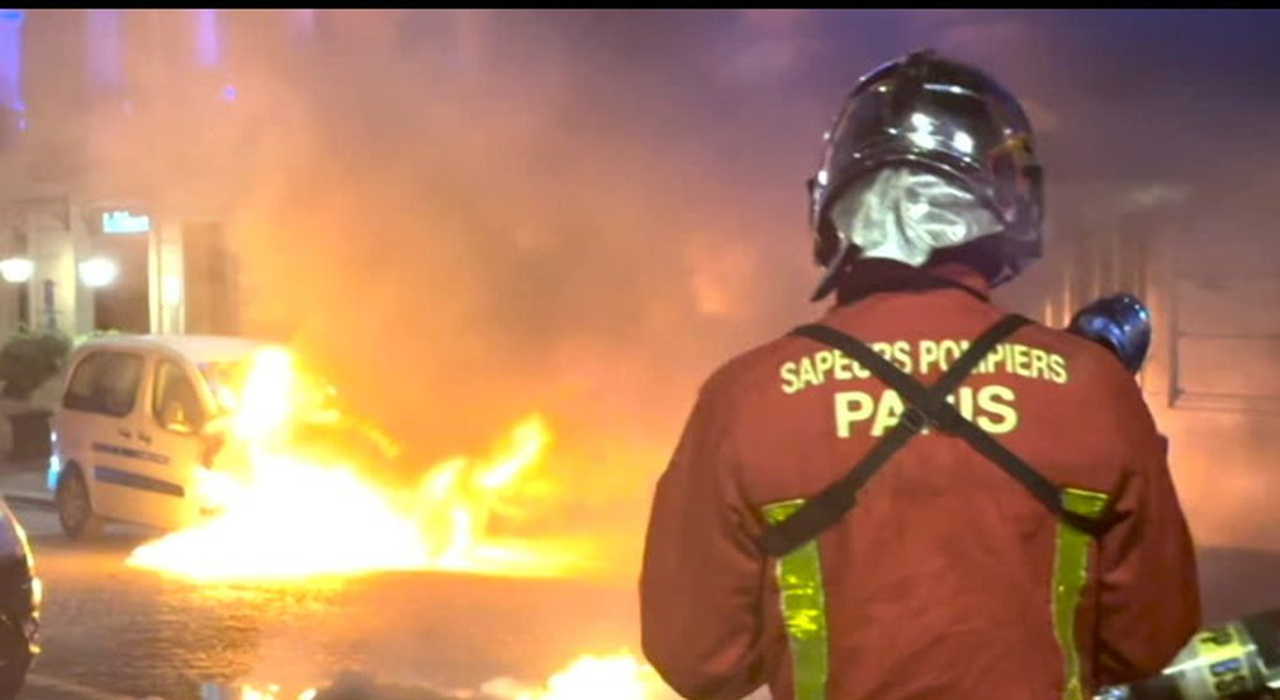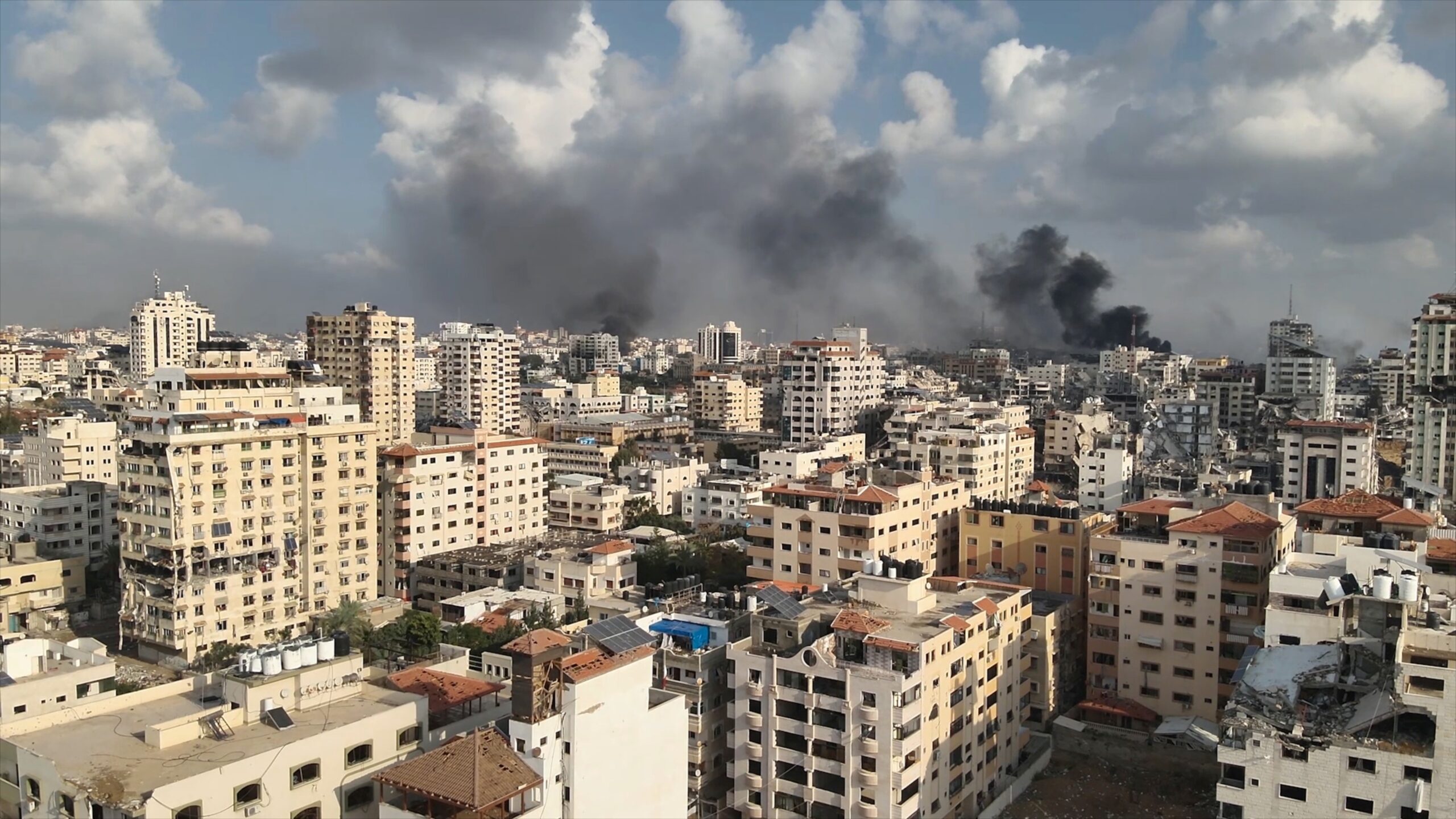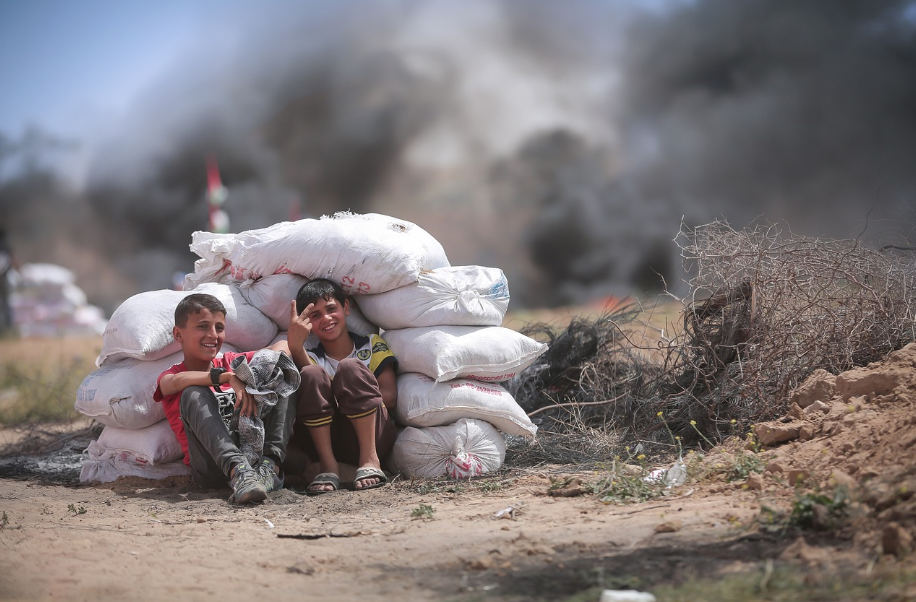SHANGHAI (Reuters) – Smog in northern China worsened in October and November compared to a year earlier, environmental group Greenpeace said on Thursday, as the government eases the pace at which it ramps up air quality controls at a time when the economy is slowing.
FILE PHOTO – A man wearing a mask walks in the central business district on a polluted day after a yellow alert was issued for smog, in Beijing, China November 14, 2018. REUTERS/Jason Lee/File Photo
Greenpeace, in a study of official pollution data, said small, breathable particulate matter known as PM2.5 in the capital Beijing was 10 percent worse over the two months than the same period in 2017.
Those months are closely watched as they mark the lead-up to winter, when heating systems are switched on.
China last year drew up a groundbreaking plan to cut PM2.5 emissions by at least 15 percent year-on-year in 28 smog-prone northern Chinese cities. All but three met their targets over the period.
But in October and November this year, PM2.5 in the same 28 cities rose 4 percent year-on-year, Greenpeace said.
The cities need to cut PM2.5 by a less onerous rate of 3 percent this winter starting from November, and China has given them the freedom to set their own abatement plans. However, the data shows they could struggle to meet these targets.
“This winter is a test of whether delegating the responsibility for emissions cuts to local governments works – and what happens now that the targets are at risk of being missed,” said Lauri Myllyvirta, energy analyst with Greenpeace, who studied the Chinese data.
The environment ministry did not immediately respond to a faxed request for comment, but minister Li Ganjie urged local officials in a speech earlier this year not to drop their guard when it comes to controlling pollution this winter.
However, the ministry has warned that low wind speeds and relatively high temperatures over winter compared to last year will make it harder to disperse pollution in some regions.
“If this winter sees more average conditions, as is likely by definition and as has been the case for the past few weeks, you need to cut emissions by much more than 3 percent to hit the (air quality) target,” Myllyvirta said.
A total of 79 cities in the Beijing-Tianjin-Hebei region, the coal-rich Fenwei plain and the Yangtze river delta near Shanghai are subject to official pollution control targets this winter.
A Reuters analysis of official data showed average PM2.5 levels in the 79 cities stood at 69.8 micrograms in November, up 14 percent from the same period last year and double China’s air quality standard of 35 micrograms.
The 28 cities in the Beijing-Tianjin-Hebei region saw average emissions rise 47 percent to 90.8 micrograms, the analysis showed, while six cities in central China’s Henan province saw concentrations double from last year.
The World Health Organization recommends levels of no more than 10 micrograms.
Additional reporting by Muyu Xu in BEIJING; Editing by Sonali Paul and Joseph Radford






Leave a Reply